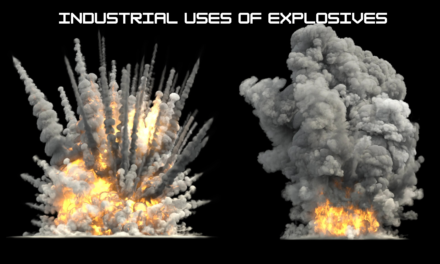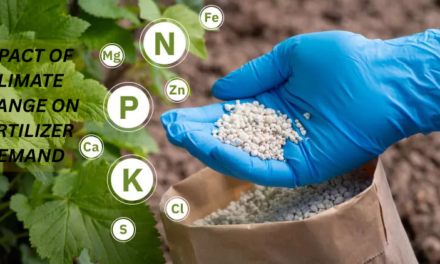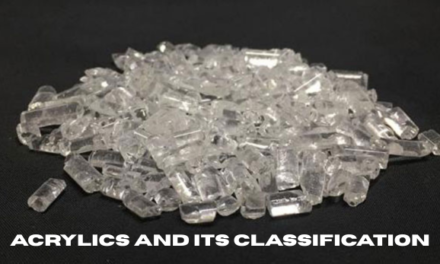Challenges in Plastic Extrusion Manufacturing
Plastic extrusion is a widely used manufacturing process for producing pipes, sheets, films, profiles, and coatings, but it comes with several challenges that impact efficiency, quality, and cost-effectiveness. Below are the key challenges faced in plastic extrusion manufacturing:
1. Material Selection and Consistency
Issue:
- Variations in raw material quality (e.g., polymer grade, moisture content, and additives) can lead to inconsistencies in the final product.
- Some plastics, such as recycled resins, have variable melt flow rates, affecting process stability.
Solution:
- Use high-quality raw materials and implement strict material testing procedures.
- Maintain consistent material drying and blending to avoid moisture-related defects.
2. Melt Flow and Temperature Control
Issue:
- Uneven heating or poor thermal management can lead to melt fractures, die swell, or inconsistent product thickness.
- Excessive heat may degrade the plastic, causing burn marks and discoloration.
- Insufficient heat can lead to poor fusion and weak mechanical properties.
Solution:
- Optimize barrel temperature settings and use precise heating controls.
- Implement temperature monitoring sensors across the extruder.
- Use proper screw design and speed control to ensure even plastic melting.
3. Die Design and Maintenance
Issue:
- Poorly designed dies can cause flow inconsistencies, uneven thickness, or excessive die swell.
- Wear and tear on dies and extrusion heads over time reduce output quality and dimensional accuracy.
Solution:
- Regular die cleaning and maintenance to avoid contamination and buildup.
- Design dies with optimized flow channels to ensure even plastic distribution.
- Use coated or hardened materials for high-wear applications.
4. Surface Defects and Imperfections
Issue:
- Sharkskin, melt fracture, or rough surfaces occur due to improper material flow.
- Air bubbles and voids can form due to trapped gases or moisture in the plastic.
Solution:
- Adjust extruder pressure and cooling rate to control surface finish.
- Use vacuum degassing or vented barrels to remove trapped air.
- Ensure proper drying of moisture-sensitive materials like nylon and PET.
5. Cooling and Solidification Issues
Issue:
- Uneven or rapid cooling can cause warping, stress marks, or thickness variations.
- Slow cooling can result in deformation or reduced production speed.
Solution:
- Use optimized cooling baths, rollers, or air cooling systems.
- Implement uniform cooling zones to prevent shrinkage and deformation.
- Balance cooling rate with the extrusion speed for consistent product formation.
6. Dimensional Stability and Tolerances
Issue:
- Maintaining tight tolerances can be difficult due to die swell, uneven extrusion pressure, and material shrinkage.
- Differences in cooling rates can lead to distortions and variations in final dimensions.
Solution:
- Use calibration tools and inline measurement systems for real-time monitoring.
- Adjust pulling speed, screw RPM, and die settings to maintain consistent dimensions.
- Optimize cooling and tension control to reduce shrinkage.
7. Screw and Barrel Wear
Issue:
- High-friction materials, such as glass-filled or high-temperature polymers, wear down the screw and barrel over time.
- Worn screws lead to inefficient mixing, poor melting, and reduced throughput.
Solution:
- Use wear-resistant coatings or bimetallic screws and barrels for abrasive materials.
- Regularly inspect and replace worn components before performance deteriorates.
- Optimize screw geometry for better melting and energy efficiency.
8. High Energy Consumption
Issue:
- Extruders require significant power for heating, melting, and cooling, increasing operational costs.
- Inefficient energy usage leads to higher production expenses and carbon footprint.
Solution:
- Implement energy-efficient motors, variable speed drives (VFDs), and optimized heating systems.
- Use infrared heaters and better insulation to reduce heat loss.
- Recover waste heat for secondary processes to improve efficiency.
9. Automation and Process Control
Issue:
- Manual adjustments can lead to process variability and inconsistent quality.
- Lack of real-time monitoring increases defect rates and material waste.
Solution:
- Use automated control systems with PLC-based monitoring for real-time adjustments.
- Implement sensors for pressure, temperature, and speed control.
- Integrate AI-driven predictive maintenance to reduce downtime.
10. Environmental Regulations and Waste Management
Issue:
- Plastic waste disposal and emissions regulations are becoming stricter.
- Excessive material waste from start-up losses, trim cuts, and defective products increases costs.
Solution:
- Implement recycling systems to reuse scrap plastic.
- Shift toward bio-based and biodegradable polymers.
- Use closed-loop production systems to minimize environmental impact.

















